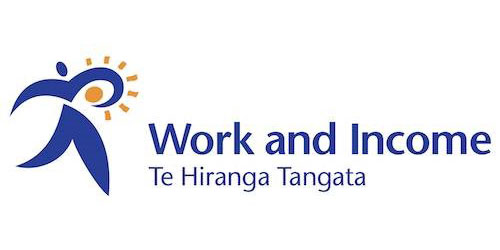Connecting spinal function with performance
Elite and recreational athletes alike depend on precise neuromuscular coordination and rapid brain–body communication. Research led by Dr Heidi Haavik and colleagues has demonstrated that spinal adjustments can influence the way the brain processes sensory input and controls movement — findings that carry important implications for sports performance, recovery, and injury prevention.
What the research shows
- Spinal manipulation affects motor cortex excitability and reflex responses, indicating that the brain’s control of muscles becomes more efficient following care.
- Adjustments enhance proprioceptive feedback — improving the brain’s awareness of body position and joint movement, critical for balance and agility.
- Studies using transcranial magnetic stimulation (TMS) show changes in motor-evoked potentials (MEPs) and cortical drive to muscles after spinal manipulation.
- These changes may contribute to better muscle activation patterns, improved strength coordination, and reduced risk of compensatory strain.
Why this matters for athletes
Optimal performance requires seamless integration between the nervous system and musculoskeletal system. When spinal segments aren’t functioning correctly, sensory input becomes distorted — slowing reaction time and increasing injury risk. Chiropractic adjustments help restore clear signalling, improving responsiveness and efficiency.
Practical application in sports care
- Assess and address spinal dysfunctions that may interfere with neural control of movement.
- Integrate adjustments alongside sport-specific mobility and proprioception training.
- Use objective measures (balance, reaction time, symmetry) to track performance changes.
Read the study: Changes in Cortical Drive to Upper and Lower Limb Muscles Following Spinal Manipulation
This research summary is for educational purposes only and does not claim that chiropractic care treats sports injuries. Rather, it highlights how spinal adjustments can support neuromuscular efficiency and recovery through improved brain–body communication.


